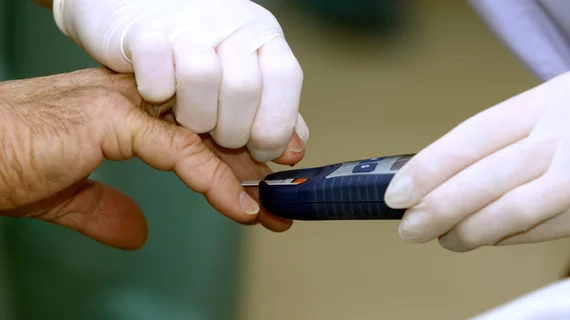Online self-management program for type 2 diabetes could reduce costs
A web-based self-management program for people with type 2 diabetes was more cost effective than usual care, according to a survey published June 8 in the Journal of Medical Internet Research.
As the number of type 2 diabetes patients increases, researchers are looking to online self-management tools to cut costs while providing high-quality care. In this study, researchers evaluated the cost-effectiveness of the HeLP-Diabetes online self-management program compared to usual care.
“Recent estimates suggest that about 11 percent of the total global health expenditure is due to diabetes,” wrote first author Jinshuo Li, MPhil, and colleagues. “Most of these costs are due to preventable complications. Patient education and self-management support has been identified as a priority for global health in recent years and has the potential to both improve outcomes and reduce costs. However, internationally, uptake of self-management education remains low, partly due to logistical problems with attending courses.”
The study enrolled 374 participants, 185 received HeLP-Diabetes and 189 received usual care with access to a comparable website with basic information. Results showed incremental cost effectiveness ratios of $77.56 per unit improvement on the Problem Areas in Diabetes (PAID) Scale and $7,421 per quality-adjusted life years QALYs, compared to the control group. Researchers noted that at least 363 users would have to be included for the online program to be less costly than usual care.
“Facilitated access to HeLP-Diabetes is cost-effective, compared to usual care, under the recommended threshold of $26,743 to $40,116 (£20,000 to £30,000) per QALY by National Institute of Health and Care Excellence,” concluded Li and colleagues. “HeLP-Diabetes has the potential of delivering an effective intervention on a wide scale with negligible marginal costs. Although we do not expect internet-based interventions to be suitable for everyone at the moment, with the internet further permeating our daily life and people adapting to the internet era, there is potential for digital health interventions to help alleviate the burden of chronic conditions on healthcare systems in the long run.”

